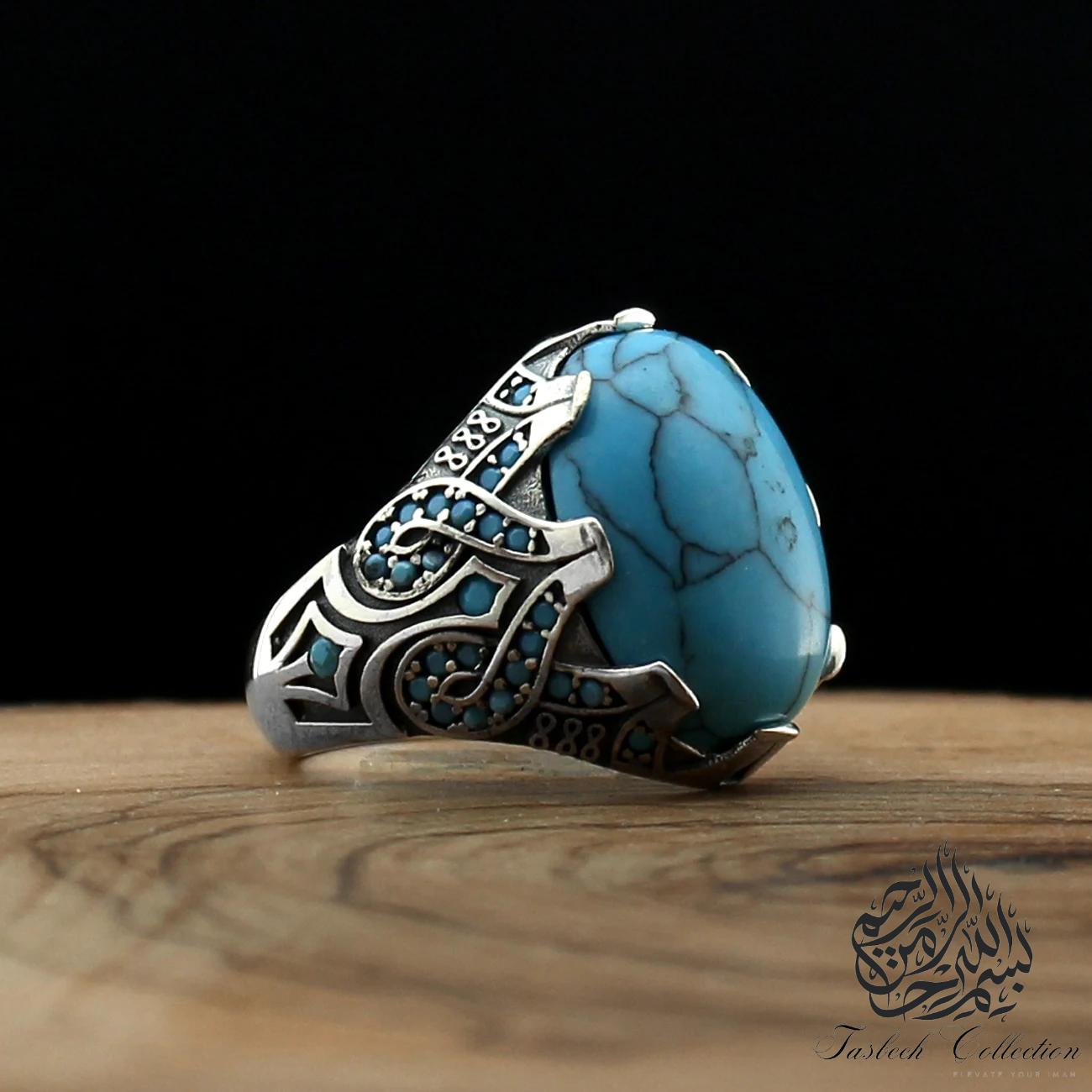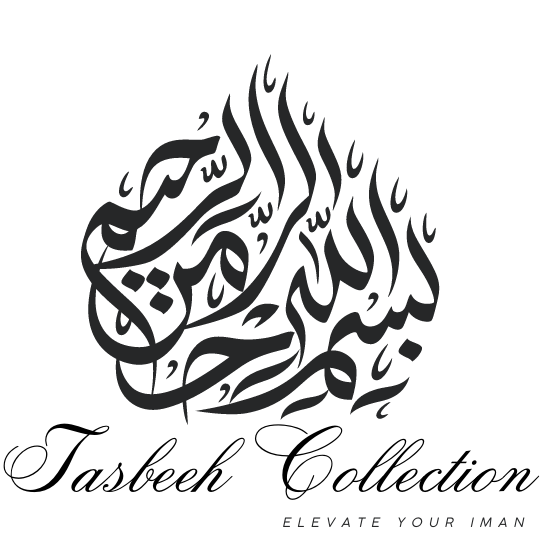استكشاف الأصول الإسلامية الغنية للمسابح: رحلة روحية مكشوفة
يشارك
في نسيج التقاليد الدينية، كان استخدام سبحات الصلاة خيطًا مشتركًا منسوجًا عبر مختلف الثقافات والأديان. وتكمن إحدى هذه الجوانب الجذابة في الأصول الإسلامية للمسابح، وهو الجانب الذي غالبًا ما يطغى عليه بروزها في الممارسات الدينية الأخرى. انضم إلينا في رحلة روحية بينما نتعمق في جذور المسابح، ونكشف عن أهميتها في التقاليد الإسلامية.
فهم الأساسيات:
إن المسبحة، المعروفة في الإسلام باسم "التسبيح" أو "المسبحة"، لها تاريخ عريق يعود إلى قرون مضت. وكلمة "تسبيح" مشتقة من الجذر العربي "سُنْبَأَهَا"، والذي يعني التسبيح. وتعمل هذه المسبحة كوسيلة ملموسة للمسلمين للانخراط في ذكر الله وإحصاء صلواتهم وتسبيحهم وابتهالاتهم.
تتكون المسبحة عادة من 33 أو 66 أو 99 حبة، تعكس أسماء الله وصفاته المختلفة في الإسلام. تصبح كل حبة نقطة محورية لتلاوة أدعية أو تسبيحات معينة، مما يعزز الشعور باليقظة والاتصال الروحي.
الأهمية التاريخية:
إن استخدام مسبحة الصلاة ليس ظاهرة حديثة في التاريخ الإسلامي. وتشير السجلات التاريخية إلى أن المسلمين كانوا يستخدمون المسبحة منذ قرون كوسيلة مساعدة للتأمل والصلاة. وأصبحت المسبحة أداة ملموسة للأفراد للحفاظ على التركيز خلال فترات طويلة من التذكر والتقوى.
تأثير التصوف الإسلامي:
لقد لعبت الصوفية، البعد الصوفي للإسلام، دوراً حاسماً في ترويج استخدام مسبحة الصلاة. فقد تبنى الصوفيون، الذين يسعون إلى إقامة اتصال أعمق مع الله، المسبحة كوسيلة لتسهيل رحلتهم الروحية. وكانت الحركة الإيقاعية للمسبحة عبر الأصابع بمثابة شكل من أشكال الذكر، مما ساعد الصوفيين على تحقيق حالة متزايدة من الوعي الروحي.
تعدد استخدامات التسبيح:
في حين أن المسبحة ترتبط عادة بتكرار أسماء الله الحسنى التسعة والتسعين، فهي أداة متعددة الاستخدامات تستخدم في أشكال مختلفة من الصلاة والدعاء. قد يستخدم المسلمون المسبحة لتلاوة آيات من القرآن الكريم، أو طلب المغفرة، أو التعبير عن الامتنان، أو مجرد الانخراط في تأمل هادئ.
التكيفات الحديثة:
في العصر الحديث، تطورت المسبحة لتلبية الاحتياجات والتفضيلات المتنوعة للمسلمين في جميع أنحاء العالم. من الخرز الخشبي التقليدي إلى الأشكال الحديثة المصنوعة من الأحجار الكريمة أو المعادن، أصبحت المسبحة تعبيرًا عن التقوى الشخصية والأناقة.
عندما نكشف عن الأصول الإسلامية للمسبحة، نكتشف نسيجًا غنيًا منسوجًا بالروحانية والتقوى. تعمل المسبحة كتذكير خالد بالميل البشري العالمي نحو البحث عن الاتصال بالإله. سواء كانت في أيدي صوفي أو مسلم حديث يتنقل بين تعقيدات الحياة، فإن المسبحة لا تزال تردد صدى التقليد الخالد للذكر والصلاة في الإسلام.

